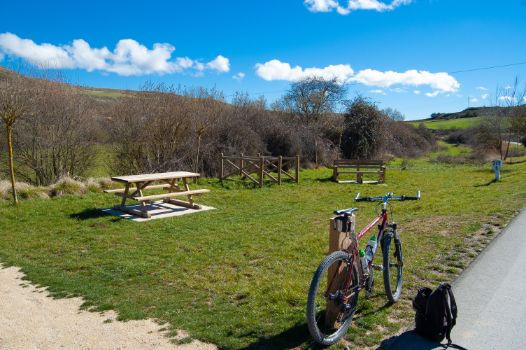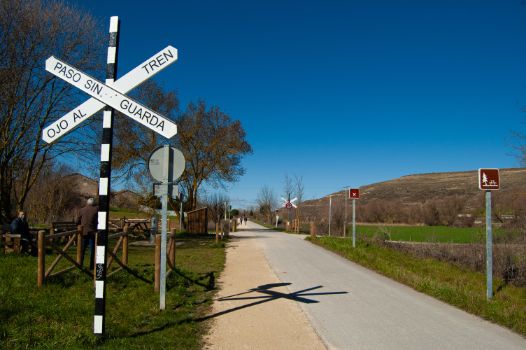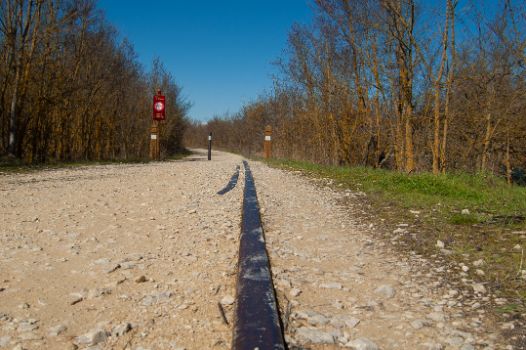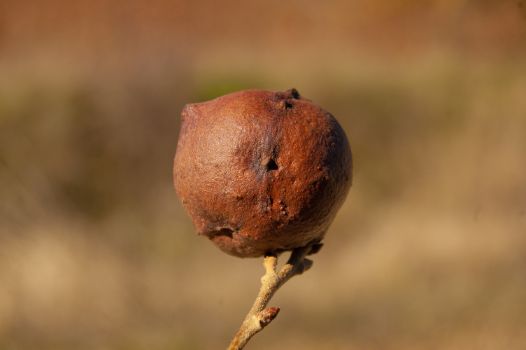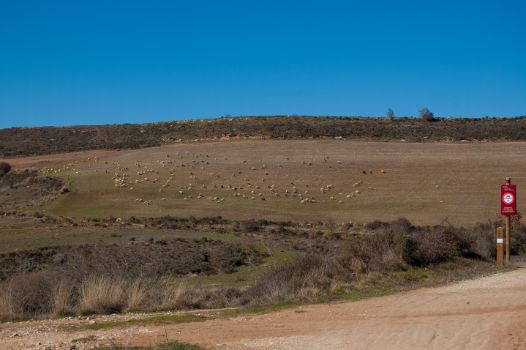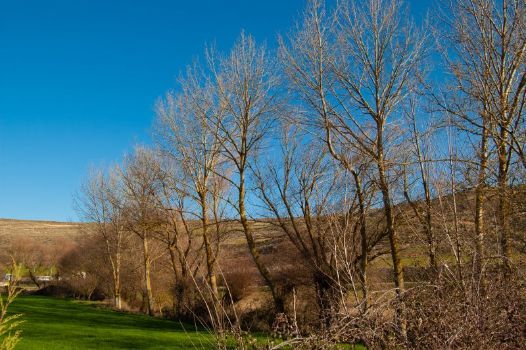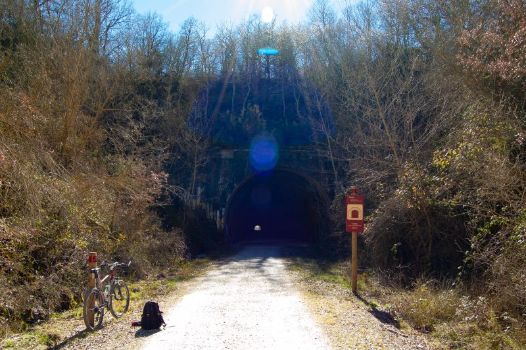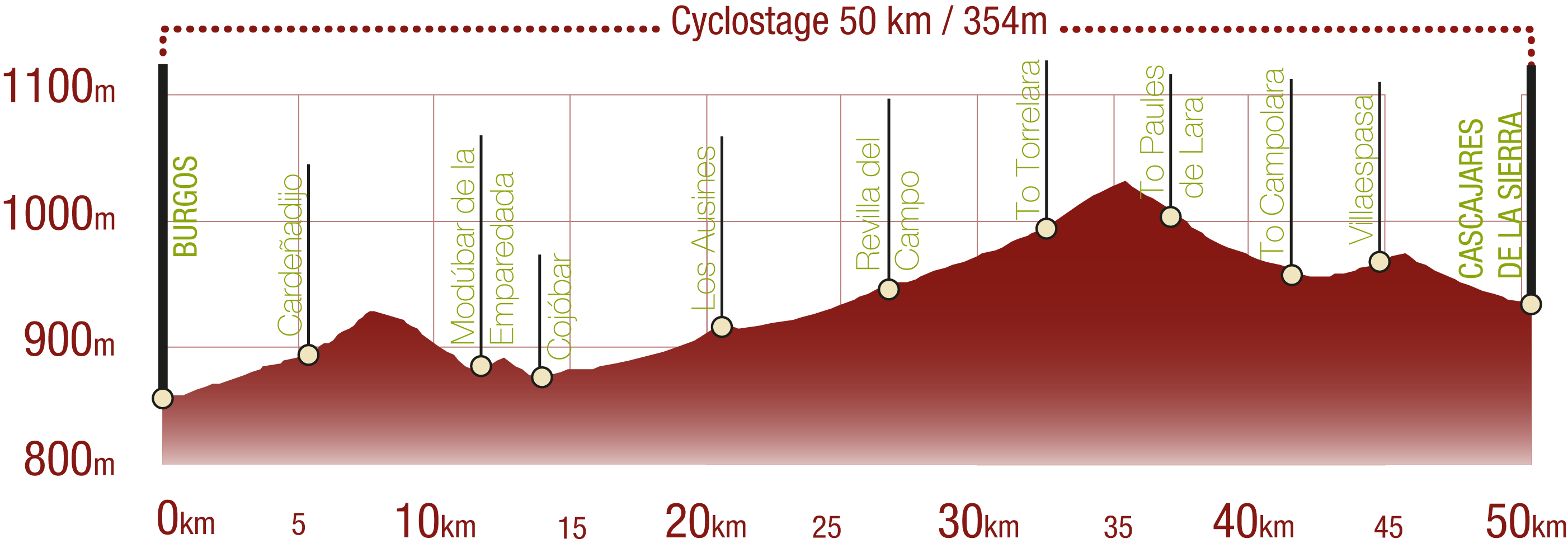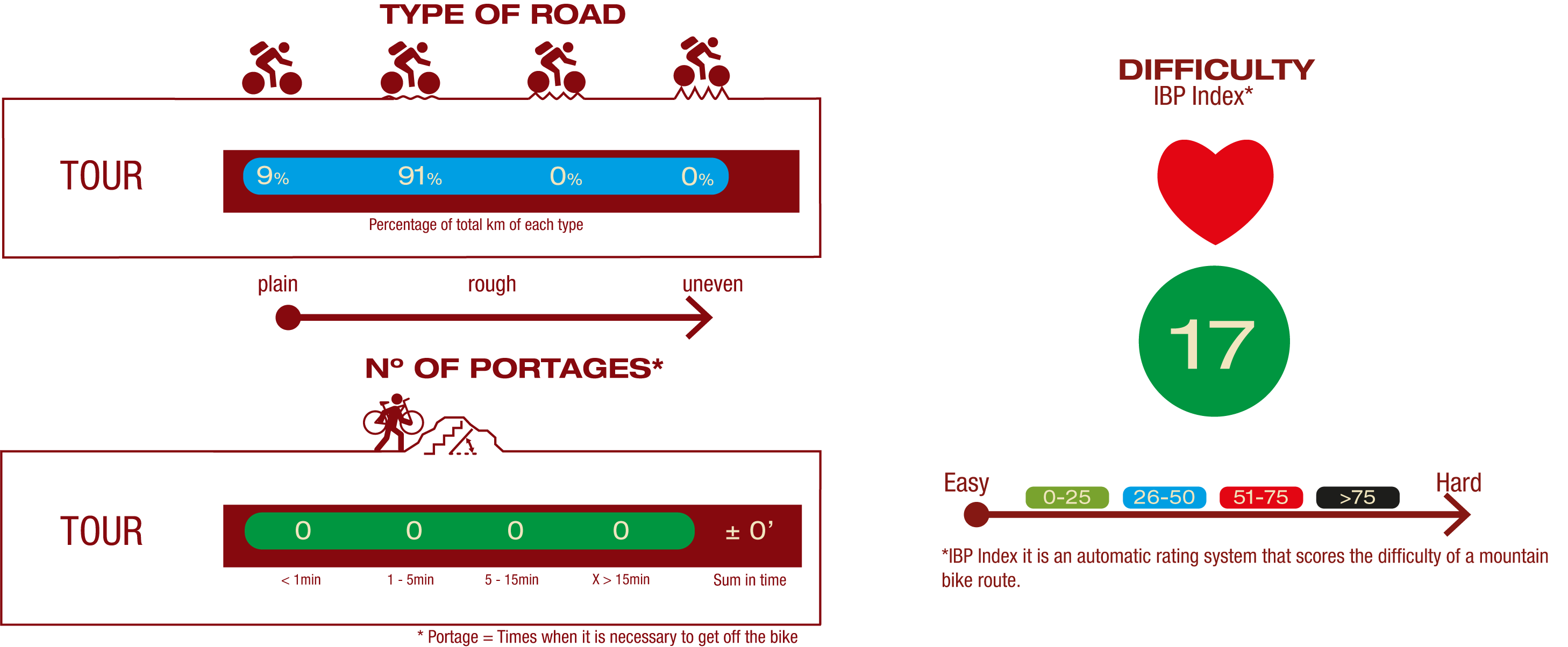
Net of Natural
Trails

Stage: Burgos - Revilla del Campo
Description
The Santander-Mediterranean railway shows its best face as it passes through the city of Burgos.
This part of the old Santander – Mediterranean railway route features the passage through Burgos, where other great journeys and travellers converge, such as the Camino de Santiago, the Route of El Cid or the Saint Olav Way, which will allow experiences and anecdotes to be shared under the incomparable setting of the monumentality of the city of Burgos.

Its immense architectural and cultural heritage makes Burgos a must-see and a compulsory stop on this tour. Among the attractions, its world-famous cathedral undoubtedly stands out; it was declared a World Heritage Site by UNESCO in 1984 and, much earlier, in the late 19th century, a National Monument. Burgos is also a major transit point for other important national and international routes. The Camino de Santiago, specifically the French Way, crosses the city allowing pilgrims to enjoy its rich history. The Route of El Cid follows in the steps of the exiled Rodrigo Diaz, a major figure from medieval history and literature and a native of the nearby town of Vivar del Cid. For its part, the Saint Olav Way, which begins in the city of Burgos and ends at the original Shrine of San Olav, was inaugurated in 2011 in the Valley of Los Lobos in nearby Covarrubias.
A university city, one of Burgos’s great attractions is the local cuisine, a magnet for the immense majority of visitors. Visitors can’t leave without tasting some of its delicacies such as roast suckling lamb or its delicious black pudding, both with Protected Geographical Indication (PGI) for their quality and traditional methods. Pair these delicacies with the famous wines from the Ribera del Duero and Arlanza Protected Designation of Origin (PDO) regions.
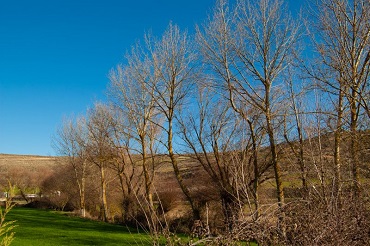
With your stomach full and your batteries well charged, it's time to hit the road, starting at the old railway station in Burgos. Travellers can allow themselves to be guided through the city by the plaques on the street lights to find the path that will take them out of the capital of Burgos, with the memories of the city they’ll treasure forever.
There are a number of rest areas along this section close to the city (Los Pisones Rompizales) offering respite for children and adults alike, and many Burgos locals, frequent use the area, accompany travellers on their walk, making the trail a bio-healthy route.
The path, again flanked by fields of crops, runs parallel to the River Cardeñadijo with its modest flow and its small gallery forest embellishing the landscape. To preserve the railway heritage of the trail, at some level crossings small sections of the track have been preserved, embedded in the road, posing no difficulty or danger, but helping travellers go back in time imagining the rattle of the train.

Shortly after the nine-kilometre marker, the old Cardeñadijo station introduces the visitors to the village of the same name, above which the Church of San Martín Obispo dominates the landscape. Given its proximity to the capital, the gastronomic offering is made up of similar delicacies for visitors.
After passing through this beautiful and peaceful village, the route continues gently uphill, with the Mediterranean scrubland and its wide range of aromatic plants gradually opening up between the fields of dry cereal crops.
We then reach the Modúbar de la Emparedada tunnel. This former railway infrastructure, at 590 m long and perfectly straight, has light at the end of the tunnel visible from the entrance, so it has no artificial lighting. All the same, it is recommended to carry a torch, especially if travelling with children.

After the tunnel, the path descends slightly towards the village of Modúbar de la Emparedada, serving up spectacular views. On a clear day, you can make out the foothills of the Demanda mountain range. The peace and tranquillity of the route is enhanced by the sight of flocks of sheep leisurely grazing on the slopes, benefiting from the pastures in the area.
Shortly after, travellers enter Modúbar de la Emparedada, where they will find the old railway station. This small town has been inhabited since ancient times, as evidenced by the Neolithic site of Altotero. The Modúbar de la Emparedada Museum, known as MUMO, is another highlight. This museum presents a new concept, allows visitors to visit 24 hours a day using an access code. The museum belongs to the Leader cooperation project "MUSEOS VIVOS" promoted by Local Action Groups (LAG) of Castilla y León, with a wide range of thematic museums, interpretation centres and other places of interest spread throughout Castilla y León.

Returning to the old railway line, and shortly after leaving the town of Modúbar de la Emparedada, the route turns south and after crossing the BU-V-8013 road we reach the hamlet of Cojóbar, also belonging to Modúbar de la Emparedada, where a Nature Trails interpretative panel provides us with the information we need to get to know the area. The Church of San Cristóbal is the highlight of the area. Shortly afterwards, we reach the old halt station of Cojóbar. After passing the nine-kilometre marker for this stage, a crossroads invites us to visit the locality of Olmosalbos, where the Torreón de los Gamarra tower stands out.
Continuing along where the trains once passed, the traveller arrives at Revillarruz and the Church of Natividad de San Juan Bautista. The trail continues parallel to the River Ausines, eventually crossing a bridge, enjoying the riverside vegetation.

The village of Los Ausines, and the district of Quintanillas, will welcome us a little further on. A little further on is the old Los Ausines halt, equipped with a Rest Area. Los Ausines is made up of three districts, on the left of the route, firstly passing the aforementioned Quintanilla , with the Church of Santa Eulalia and the medieval bridge over the River Ausines. The second is San Juan and, shortly afterwards, the Sopeña.
The route runs parallel to the BU-P-8012 road for several kilometres. After the 12-kilometre marker, we reach the Revilla del Campo Rest Area, with its sports facilities and some of the original elements from the railway line. The village of Revilla del Campo, with a district on either side of the route, is the perfect place to end this Burgos to Revilla del Campo stage, next to the Nature Trails interpretative panel.
Managing Entities
Sites of interest
Puntos de interés
Culture
Hydrography
Infrastructure
- Estación de Los Ausines
- Estación de Cojobar
- Aerogeneradores
- Antigua Estación de Cardeñadijo
- Antigua Estación de Villarmero
- Túnel Modúbar de la Emparedada
- Antigua Estación de Modúbar de la Emparedada
- Antigua Estación de Burgos
Municipality
- Revilla del Campo
- Barrio de Sopeña (Los Ausines)
- Barrio de San Juan (Los Ausines)
- Revillarruz
- Cojobar
- Humienta
- Barrio de Quintanilla (Los Ausines)
- Saldaña de Burgos
- Cojóbar
- Quintanadueñas
- Cardeñadijo
- Villagonzalo Arenas
- Villarmero
- Villatoro
- Modúbar de la Emparedada
- Burgos
Orography
Hostel
Vegetation
Profile
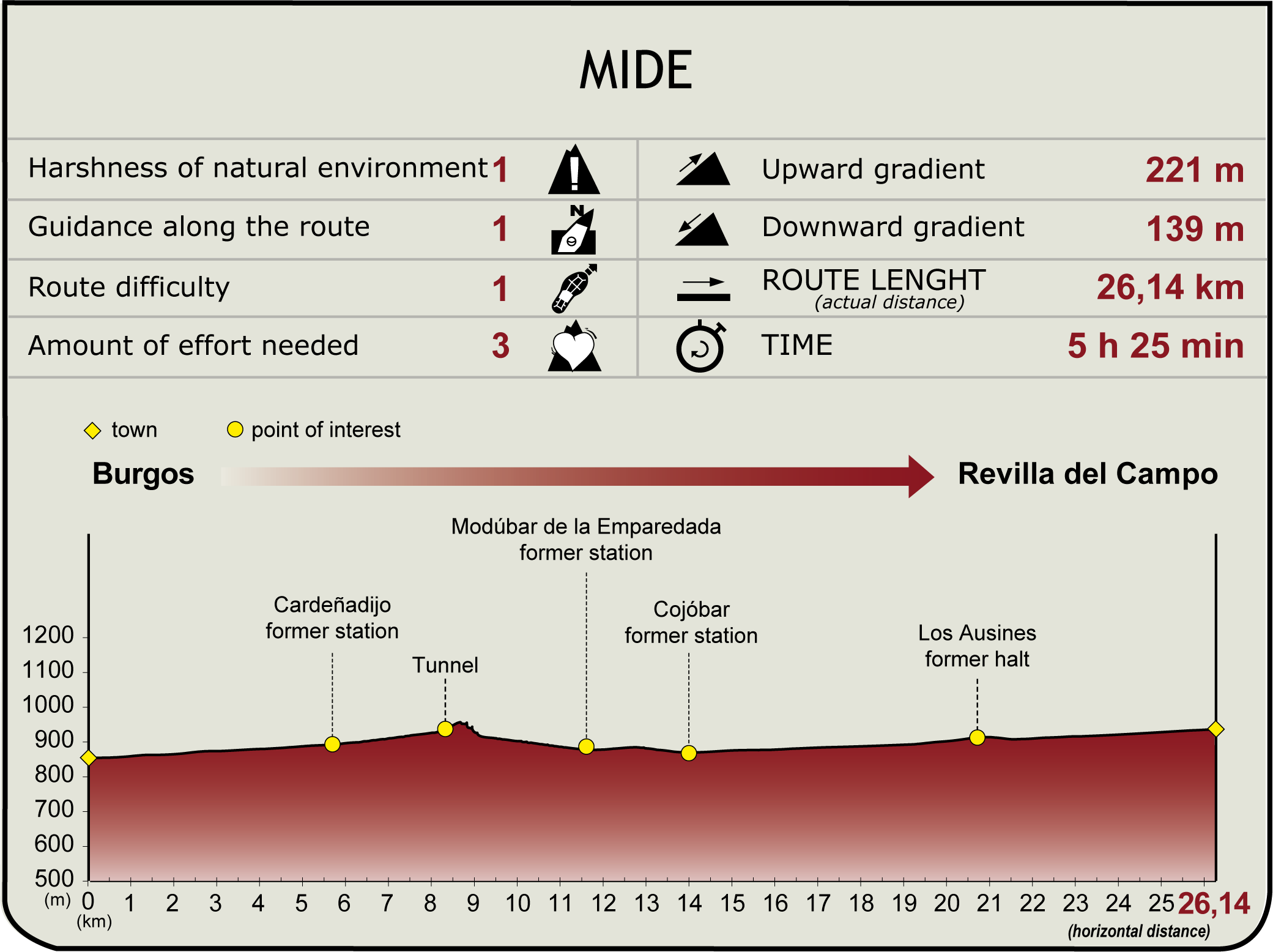
(Calculated according to the MIDE criteria for an average excursionist with a light load)
Highlights
Revilla del Campo
Revilla del Campo is a small village and municipality in Burgos, which also includes the hamlet of Quintanalara, and is only 22 km from the provincial capital. Situated on a hill between the fertile plains of the River Lara and the River Los Ausines, the area has been populated from time immemorial. Proof of this are the Palaeolithic artefacts found in the surrounding area. These pre-Roman remains suggest that the ancestors who reached Atapuerca also passed through Revilla del Campo on their way to the famous caves.
The surroundings of Revilla del Campo are a natural setting full of contrasts, where it is possible to find lagoon areas next to steep Burgos mountains. The centre itself consists of two neighbourhoods: Santa Maria, the largest, and Santa Eugenia, the smallest. Several streams run through the area, as well as the Los Ausines River, essential for the social development of the area of the province of Burgos, where many of its municipalities were born in the shelter of its flow.
Revilla del Campo's heritage attractions include the stone bridge over the Los Ausines River stands out, as well as the several pre-Roman forts that have been found in the vicinity of the town. For religious architecture, the Church of La Natividad stands out, a temple built between the 15th and 18th centuries in which three artistic styles coexist: Gothic, Renaissance and Baroque, as a result of the progressive expansion of its construction. Particularly striking is its imposing bell tower, visible for miles from the municipality and which allows it to be unmistakably identified. Other religious buildings in Revilla del Campo that stand out for their important historical value include the pre-Romanesque Chapel of San Roque and the Chapel of San Juan.
Revilla del Campo's calendar is marked by its patron saint festivities. On 16 July, Nuestra Señora del Carmen is feted, while 8 September sees a pilgrimage in honour of La Natividad de Nuestra Señora. San Isidro Labrador’s feast day on 15 May is also celebrated throughout the municipality. The feast day of San Pantaleón, celebrated on 27 July, is also of special significance for the inhabitants of the hamlet of Quintanalara.
Multimedia
Downloads
GPS Downloads
Documents
Cyclability
CICLABILITY
This Cyclostage corresponds to stage Burgos - Revilla del Campo and stage Revilla del Campo - Cascajares de la Sierra of the Nature Trail
SAFETY RECOMMENDATIONS
Extreme precautions must be taken in the urban section of Burgos. There is a 590 meter long tunnel without artificial lighting and numerous access road crossings to the towns through which the route passes nearby.
GENERAL RECOMMENDATIONS
- Find out about the technical aspects of the route and the weather on the day.
- Take care of the environment. Take care not to disturb animals or damage vegetation. Respect private areas.
- You must give priority to pedestrians and comply with general traffic rules.
- The environment in which you will be riding is open, free to move around and an area where many activities are carried out (sporting, forestry, livestock and agricultural activities).
- Always have an understanding, prudent, responsible and respectful attitude.



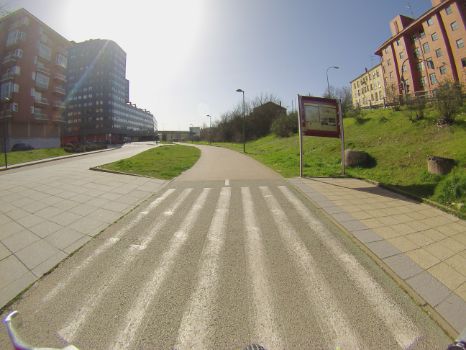_A.jpg)
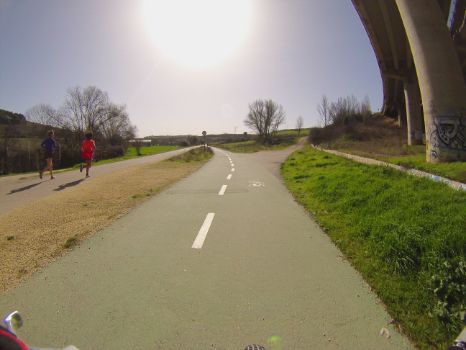_A.jpg)
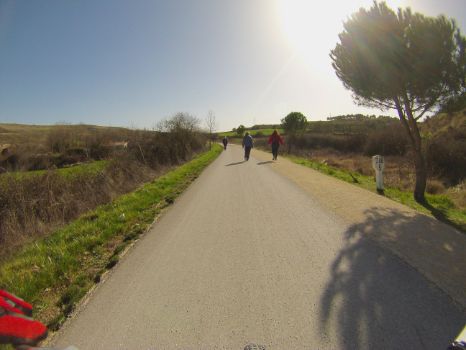_A.jpg)
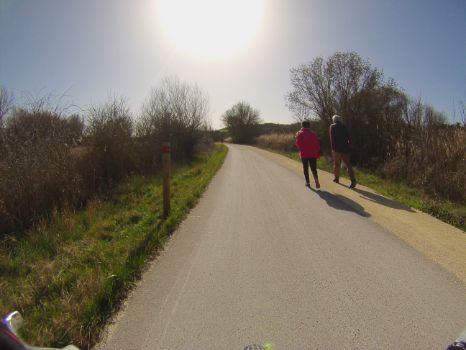_A.jpg)
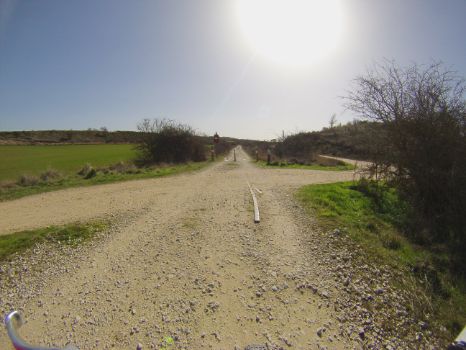_A.jpg)
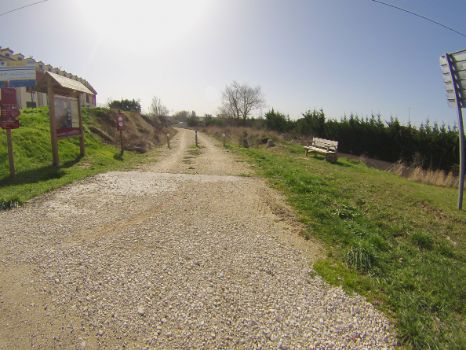_A.jpg)
